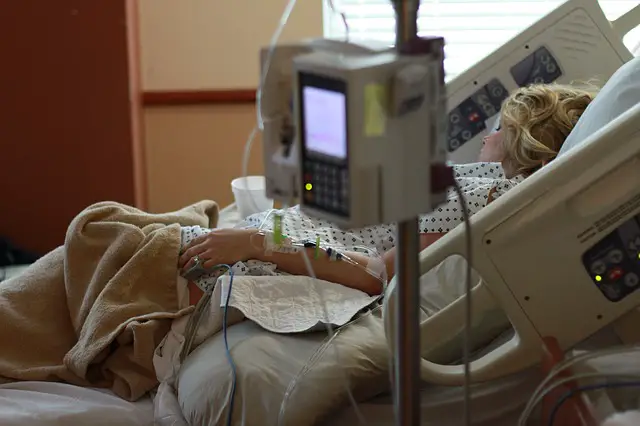I.V therapy or intravenous therapy is a mode of treatment where the drug or nutrients are given through the venous route of drug administration.
This is one of the types of parenteral drug administration and here sterile liquid medicine is given by a drip or injection.
It is done only under expert supervision consisting of doctors, surgeons, or even a nurse.
The procedure requires proper care so to avoid risks to patients.
It is preferred for seriously ill patients. Besides drugs administrator, it can also be used for elimination of poison from the body is poison is consumed.
IV therapy techniques and requirements
IV therapy is where a drug or nutrient in liquid form is administered into body through body veins. Veins are organs which a superficial blood vessels.
They are delicate and blood flow from different tissues to heart. So when drug is given, it directly reaches heart and there by brain.
So the effect can be fast like in few seconds to minutes.
Requirements
If the IV therapy is by single doses, then a syringe and drug ampules are sufficient. Also alcohol (70%) and cotton swabs to cleanse the injection area before administration.
But if large dose of drugs like saline are required then an IV catheter is used. Saline bottles, holder and needles are needed.
Besides the patient needs to lie on the bed and monitored regularly for drugs, infusion and also patient condition.
Advantages
This route is suitable
- For those patients who are unconscious.
- For those who have continuous vomiting and if giving drug by oral route is not possible.
- If the patient cannot swallow drugs due to exhaustion.
- In case of emergency for quick response to drugs. This method is faster than oral administration.
- It is also suitable when steady plasma drug levels are to be maintained.
Disadvantages of IV therapy
1. Expensive: IV therapy is expensive than oral therapy. The instrument used is expensive and even drugs and saline are expensive.
2. Technical skill: An expert person is needed to use this mode of administration.
3. Injury to patient:Since the IV catheter and pipes are inserted into the body by piercing the skin, there are injuries to the patients.
4. Chances of blood leak if the person is kept for long duration of IV drip.
5. Possibilities of death due to allergic reactions or even wrong handling by the operator.